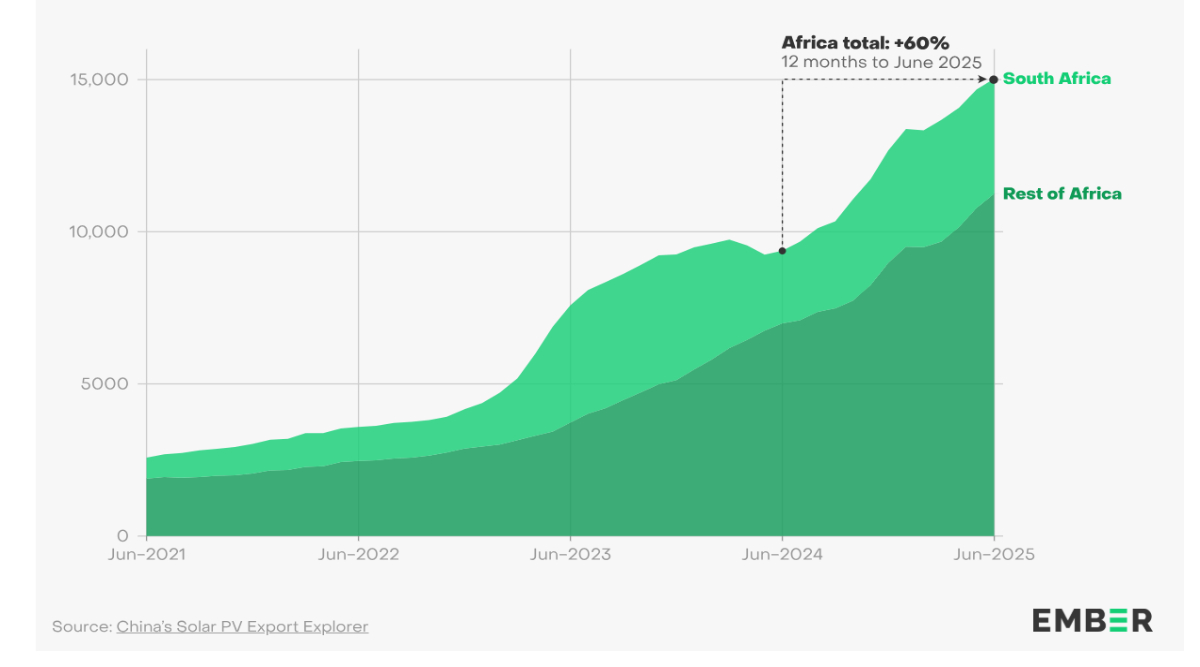Sign up for daily news updates from CleanTechnica on email. Or follow us on Google News!
Kate L. Harrison, co-founder of MoveEV, has become a good friend of CleanTechnica. Her insights into electric vehicle (EV) fleets extend our knowledge base and educate us. She offers us new ways of thinking about managing multiple battery-electric vehicles for business purposes. This month she’s contacted us about the interface of average utility rate for employee home EV charging reimbursement.
As with many things in life, there is no single solution to the equation.
When a fleet manager decides to send their organization’s electric vehicles home with employees for charging, the next question is how to properly reimburse for home electricity use, Kate explains. With telematics, organizations can access charging event data from the vehicles, but there is still the question of what kWh rate to use. Residential utility plans can differ due to time-of-use rates, tiered pricing, renewable energy offsets, and a number of other factors. These variations make it challenging to determine an accurate and fair reimbursement rate on an employee-by-employee basis.
Without the advantage of home charging reimbursement software, some organizations may be tempted to rely on the average utility rate, currently 16.43 cents per kilowatt-hour (kWh). However, this approach can lead to significant disparities and financial inefficiencies. The average utility rate just does not work for home charging reimbursement. Here’s Kate’s discussion about why.
The Trouble With Averages
The average electricity rate is 16.43 cents per kWh, but utility rates can vary widely even within states. For example, in California in August 2023, electricity rates differed dramatically across regions: San Diego Community Power and Clean Energy Alliance offered a summer rate averaging around 25 cents per kWh, while Clean Power San Francisco’s rate was closer to the national average at 16 cents per kWh. So, an employee charging their EV at home in San Diego paid 56% more per kWh and 9 cents more than the average compared to an employee in San Francisco.
Even within one location, utility rates can fluctuate significantly based on time of day or time of year. A New York resident might pay 8 cents per kWh one month and 16 cents the next, depending on usage patterns and seasonal demand. Rates change between states, of course. For example, the residential rate in California currently is an eye -popping 34.31 cents per kWh and some Hawaii residents are paying more than 44 cents per kWh. These ranges and fluctuations show how a flat average rate can either shortchange employees or unnecessarily increase company expenses.
Flat-Rate Reimbursement Was Intended To Reimburse Employees For More Than Just Gas
Flat-rate reimbursement is rooted in the IRS mileage deduction rates established in 1971. Importantly, this rate was designed to reimburse employees driving their own vehicles for work purposes, factoring in the total costs of car ownership, such as depreciation, insurance, and maintenance.
Applying a similar flat-rate methodology just to the employee’s electricity used to charge a company’s electric vehicle is problematic. An organization would never offer fleet drivers in California the average gas price per gallon instead of the actual costs to fill up a company car. The difference, which would be almost $1 a gallon, would be obvious and unacceptable, not to mention that no employee would want to fill the car again. With electricity, even two neighbors can have vastly different plans and rates. The energy is an employee-owned asset, making any one-size-fits-all approach both inadequate and potentially illegal.
The Risks To Your Organization If You Use An Average Rate Reimbursement For EVs
Adopting a flat-rate reimbursement policy for EVs carries significant risk. In some states, if employees are consistently reimbursed at a rate below what they actually pay for electricity, employers could face costly class-action lawsuits. On the flip side, over-reimbursement can lead to unnecessary costs.
To illustrate the discrepancy of a flat kWh policy across a company, let’s go back to our California and New York drivers. If the California employee paying 25 cents per kWh charges their fleet EV 300 kWh per month, they would incur a cost of $75. However, with the average reimbursement rate, they would receive only $50.64.
Over a year, this under-reimbursement would cost the employee almost $300 out of pocket — an amount that could lead to dissatisfaction and potential legal issues for the company. By contrast, the same company paying a NY driver for the same number of kWh would be overpaying by $319.68 a year. Neither outcome is favorable. Under-reimbursing California drivers risks legal backlash, while over-paying New York drivers leads to wasted resources, especially as a fleet program grows.
Did You Know Flat Stipends Are Taxable?
“Let’s just pay everyone $150 a month” is an approach that sounds simple, but is highly problematic.
First and foremost, flat allowances are taxable, both for the employee and for the company. This means that if an organization pays out $150 per month, about $50 is lost unnecessarily to taxes. In many cases, an employee will pay more in taxes than the total they were actually owed for the electricity used!
Second, when a flat stipend is not tied to actual charging, an employee becomes incentivized to charge at home as little as possible. It becomes more financially beneficial to charge in public or at depot as much as possible. This is because the less they charge the organization’s vehicle at home, the more of the stipend they get to keep. As off-peak home electricity rates can be one-third the cost of charging in public, and the organization is now essentially double paying for charging, a flat stipend can increase the fleet’s “fuel” spend significantly.
Third, giving electric vehicle drivers a stipend directly in their paycheck regardless of their charging behavior can be seen internally as an unfair pay bump, breeding resentment among an organization’s ICE vehicle drivers. The importance of employee satisfaction on overall morale and performance should not be underestimated.
An Alternative Approach: Using True Costs To Ensure Fair & Accurate Reimbursement
To avoid the pitfalls of average rate reimbursement or flat fee stipends, organizations should use the actual rate or “true cost” reimbursement method. Using telematics data tracking of the electricity used for charging a fleet vehicle at home combined with purpose-built software like ReimburseEV to marry that information with the employee’s home utility bill will generate an accurate receipt for all charging events. This method ensures employees are fairly compensated with tax-free reimbursement payments while protecting the company from over- or under-paying.
Conclusion: A Need for a Nuanced Approach
The average utility rate is simply not a good enough basis for home charging reimbursement. The complexities of electricity pricing, combined with the variability in regional rates, make flat-rate reimbursement policies outdated and inadequate for the modern EV landscape. Companies must adopt more accurate and fair reimbursement methods to ensure both compliance and financial efficiency.
As the transition to electric vehicles progresses, it’s essential for organizations to scrutinize their reimbursement policies and adopt strategies that reflect the true cost of electricity. By doing so, they can protect themselves from legal risks, ensure fair compensation for their employees and make the most of their investment in EVs.
Want to read some other articles and contributions that Kate has made to CleanTechnica? See here, here, and here.

Chip in a few dollars a month to help support independent cleantech coverage that helps to accelerate the cleantech revolution!
Have a tip for CleanTechnica? Want to advertise? Want to suggest a guest for our CleanTech Talk podcast? Contact us here.
Sign up for our daily newsletter for 15 new cleantech stories a day. Or sign up for our weekly one if daily is too frequent.
CleanTechnica uses affiliate links. See our policy here.
CleanTechnica’s Comment Policy



